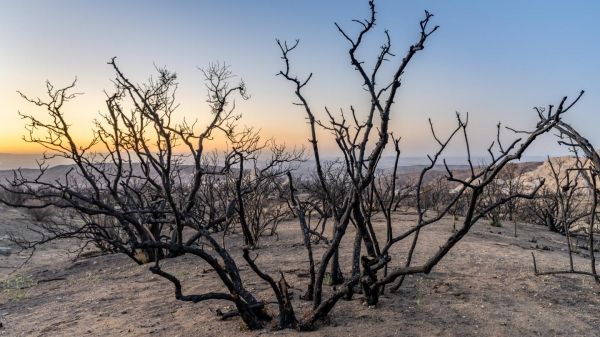Greenhouse gases and aerosol pollution emitted by human activities are responsible for increases in the frequency, intensity and duration of droughts around the world, according to researchers at the University of California, Irvine.
In a study published recently in Nature Communications, scientists in UCI’s Department of Civil & Environmental Engineering showed that over the past century, the likelihood of stronger and more long-lasting dry spells grew in the Americas, the Mediterranean, western and southern Africa and eastern Asia.
“There has always been natural variability in drought events around the world, but our research shows the clear human influence on drying, specifically from anthropogenic aerosols, carbon dioxide and other greenhouse gases,” said lead author Felicia Chiang, who conducted the project as a UCI graduate student in civil & environmental engineering.
Chiang, who earned her Ph.D. in 2020 and is now a postdoctoral scholar at NASA’s Goddard Institute for Space Studies in New York, said that her team’s research demonstrated significant shifts in drought characteristics – frequency, duration and intensity – due to human influence, or what they call “anthropogenic forcing.”
Read more at University of California - Irvine
Image: Droughts, such as the one impacting Devil's Punchbowl on the northern slope of the San Gabriel Mountains in Los Angeles County, have increased in duration and severity over the past century. In a new study in Nature Communications, researchers in UCI's Department of Civil & Environmental Engineering said that human-sourced greenhouse gases have been a significant factor in the growth and spread of the dry spells. (Credit: Amir AghaKouchak / UCI)


